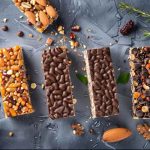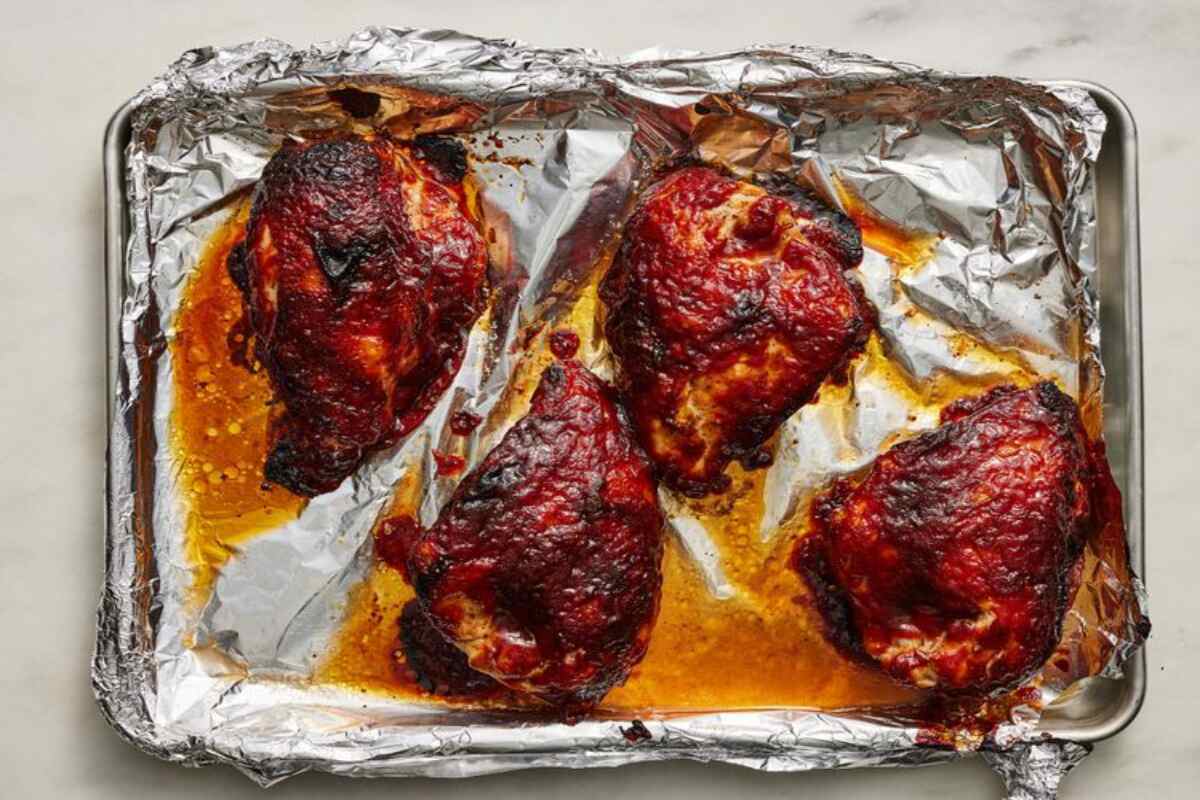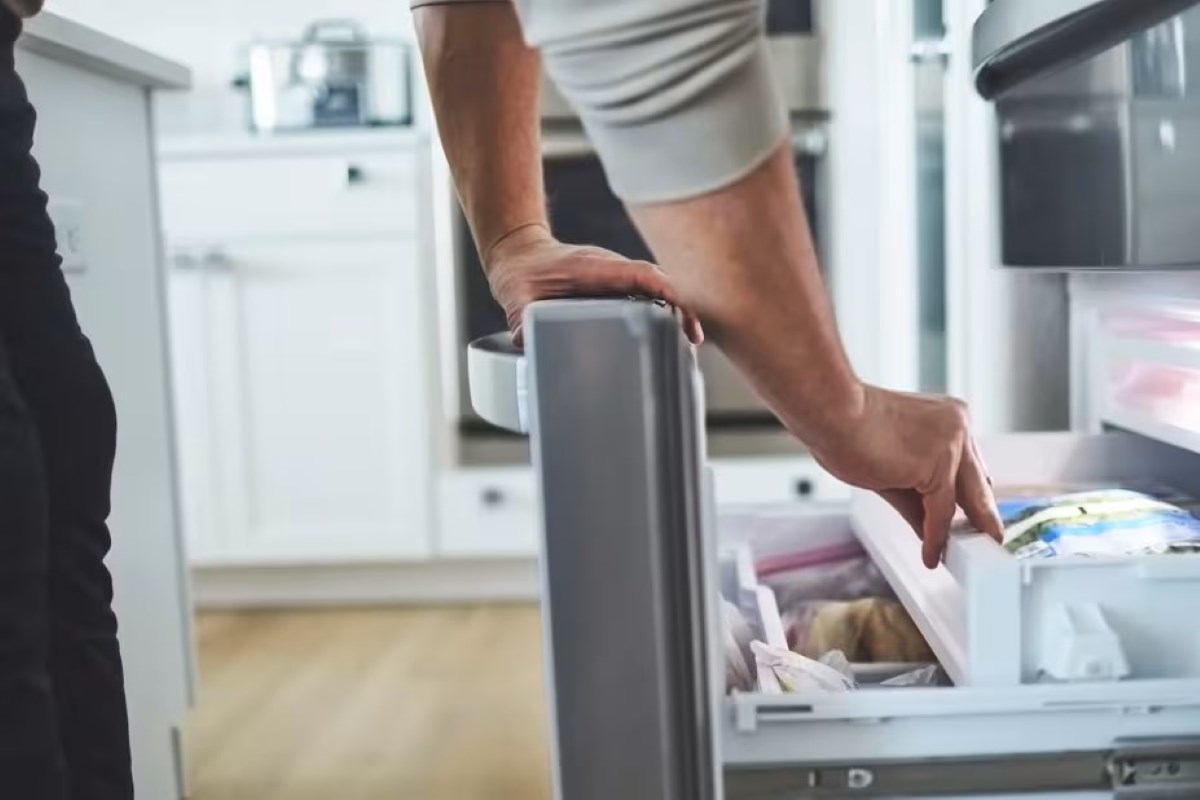The notably crisp texture of vegetables that have undergone the pickling process is more than just culinary art. Pickling science involves adding value to food through fermentation, which also enhances the taste.
Pickling, in simple terms, is the steeping of edibles in solutions rich in either alcohol, acid or salt (sometimes sugar). The primary, or original, goals of fermenting vegetables were to preserve the food material and extend its shelf life. However, the development of advanced food preservation technologies has made pickling more of a flavor-enhancing process.
Beyond the historical significance of pickling science, this piece will help you understand the pickling process. Also infused with home pickling tips, the reader will walk away with information about the hows and whys of the process.
What Qualifies a Food Process as Pickling?
Each time you look up a brine solution recipe on YouTube and use it to preserve or flavor food items like bacon, history gets replayed. The pickling process is believed to have been around since the Mesopotamic civilization of 2000 BCE. However, the practice became transcultural over the years. Consequently, multiple variants of traditional pickling emerged among the Romans, Chinese, and Egyptians. Ancient voyagers, rampaging armies and frontier settlers chose pickling as the go-to food preservation method during adventurous campaigns.
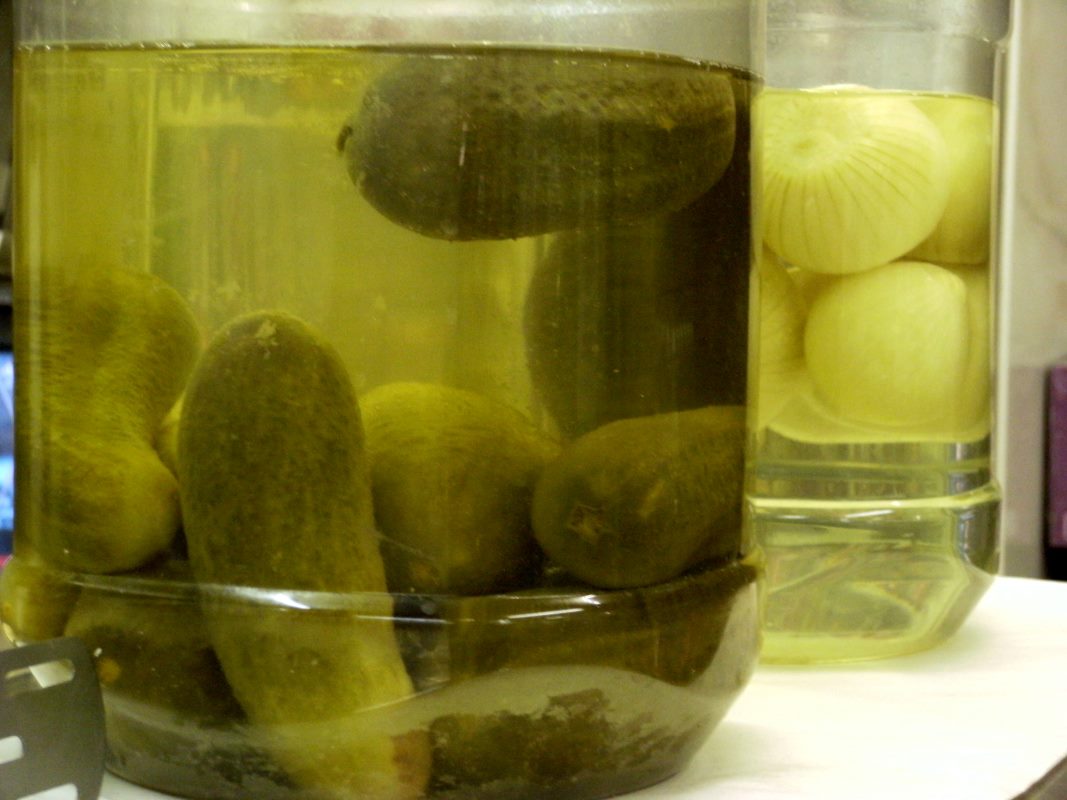
When you find any jar of pickled food, it is usually prepared by one of two methods:
Vinegar Pickling:
The most common microorganisms that cause food spoilage seldom thrive under acidic conditions. So, vinegar preservation involves steeping food materials in vinegar, which is primarily composed of acetic acid. Since vinegar is a strong and natural acid solution that is also edible, it is often used to preserve food items.
Fermentation Pickling:
Like vinegar pickling, the fermentation pickling method also involves halting the growth of spoilage microorganisms with the help of an acidic medium. However, fermentation pickling produces its acidic solution through another route:
- A saturated salt-water solution is added to a jar containing the food items to be preserved.
- The brine solution recipe induces anaerobic (oxygen-free) conditions in the pickle.
- Anaerobic conditions in the pickle cause lactic acid bacteria (LAB) to grow in the pickle.
- LAB then converts sugars present in the pickled food to lactic acid.
So, the lactic acid produced through fermentation makes the pickle uninhabitable for spoilage microorganisms. The upside is that the LAB that produced the lactic acid in fermented pickles are edible and safe.
ALSO READ: Why Fermented Foods Are Staples in So Many Cultures (And Still Matter Today)
Essential Ingredients for Making the Perfect Pickle
When we think of the pickling process, cucumbers are the default food items that often come to mind. Interestingly, you can pickle almost any food material, from carrots to cabbage, mushrooms, kimchi, peppers, onions, zucchini, ginger, fish, meat cuts, just name it.
However, there are certain essential ingredients that these different pickled products usually have in common. So, for your DIY pickling process, the following ingredients are must-haves:
- Spices
- Sugar (optional)
- Water
- Vinegar
- Salt
Now, hang in there as we identify the role of each of these ingredients in the pickling process.
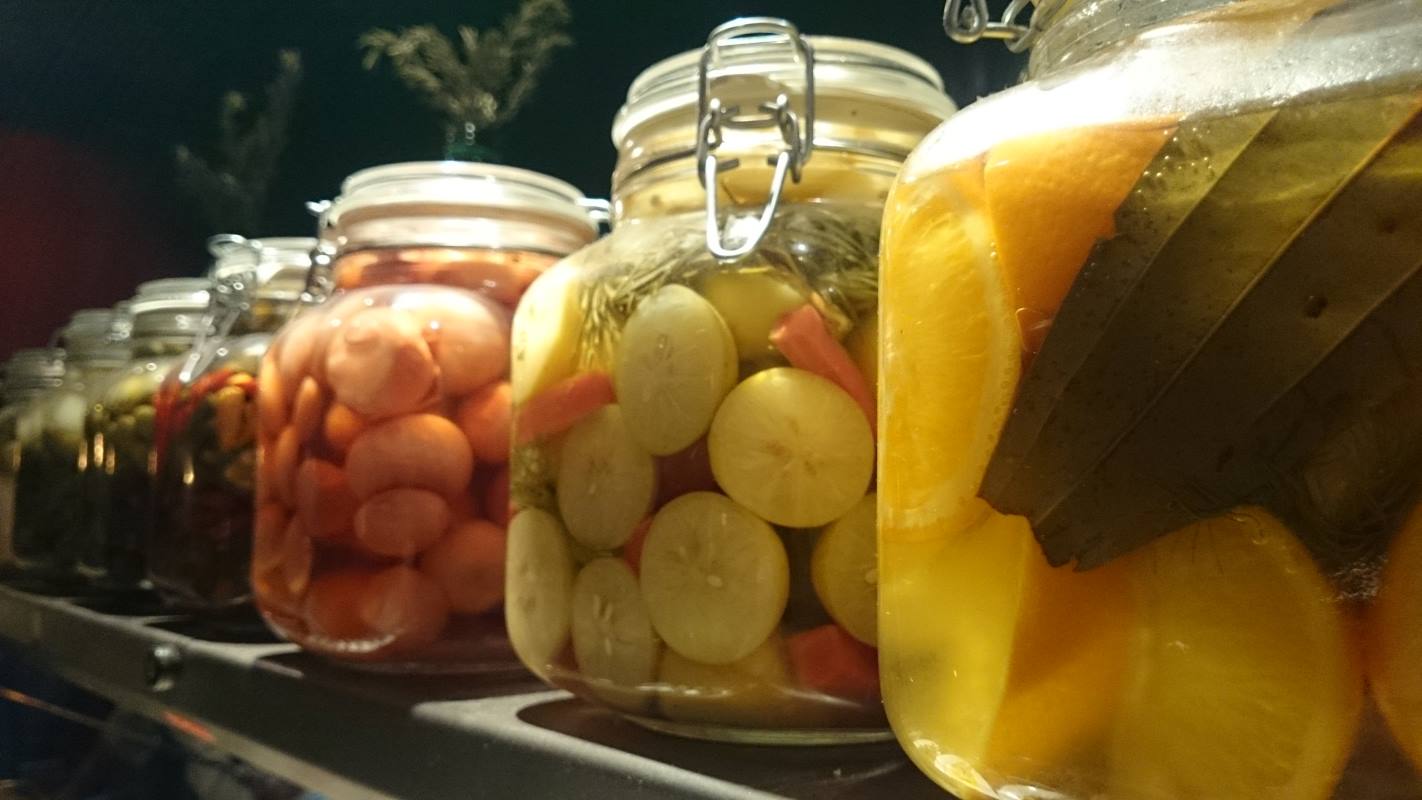
1. Spices
When fermenting vegetables, spices add some personality to the pickle. You can blend several spices, depending on what sits well with your palate. There are absolutely no restrictions on how far you can go with the pickle’s aroma and flavor. Some common spices used in the pickling process are garlic, dill, mustard and coriander seeds, black peppercorns, to name a few.
2. Sugar
Sugar also confers sweetness and a characteristic flavor to the pickle solution. However, it primarily counterbalances the harsh taste of vinegar. You can adjust the quantity used until you attain the desired flavor.
3. Water
Avoid using chlorinated water, as chlorine can react with other compounds in the brine and cause off-flavors. Instead, always use distilled or filtered water for pickling.
4. Vinegar
Vinegar is non-negotiable for the pickling process, particularly for vinegar fermentation. It adds flavor to the pickle and preserves the food item by keeping spoilage microorganisms at bay. Preferably, use apple cider or white distilled vinegar. However, it is essential to ensure the vinegar possesses a minimum acidity level of 5%.
5. Salt
It is advisable to buy your pickling salt at a large grocery outlet. There, you’re likely to get varieties of each item, and are more likely to find kosher, canning, or pickling salt. Iodized salt is a no-no for the same reasons you are advised to avoid chlorinated water. Salt helps with the preservation and flavoring of the pickle.
Step-by-Step Quick Pickle Method
For a quick run-through of a practical home pickling guide, this piece will borrow Chef Kendall Andronico’s recipe. She recommends using the 100:50:25:12.5 ratio for your brining solution. For example, for 300g of vinegar, add 150g of water, 75g of sugar, and 37.5g of kosher salt. At this point, it becomes a no-brainer that a kitchen scale is required for the best pickling outcomes.
Not all vegetables are suitable for making quick pickles. So, if your goal is to have your pickles ready to eat soon after their preparation, the following veggies should be top of the go-to list.
- Bell peppers
- Green beans
- Cauliflower
- Radishes
- Carrots
- Cucumbers
- Red onions

Those seven vegetables are best, particularly if you’re still taking the pickling for beginners crash course. The firm and fibrous nature of these vegetables makes them become tender-crisp rapidly, especially when pickled with hot brine. Another instalment in our home pickling tips series is how to prepare your veggies for pickling. For quick pickling, it is advisable to cut the vegetables into thin slices before introducing the brine. If you can afford to wait longer, then feel free to steep whole cucumbers and carrots in the brining solution.
How well your homemade pickles keep depends on multiple factors. These factors are (i) the storage method, (ii) the acidity of the brining solution, and (iii) the pickling process itself. Quick pickles are often stored in refrigerators and remain wholesome for between 2-4 weeks. Properly canned vinegar pickles can last for up to two years in a dark corner of the food pantry. Fermented pickles, on the other hand, can only keep for about 6 months with refrigeration, 4 months without.
Fermentation Pickling Basics
Unlike the quick pickling process, involving the use of vinegar—often recommended for beginners, fermentation pickling is a bit more complex and should be left to people with more experience.
The first trick for nailing a successful fermentation pickle is to create an anaerobic environment. This means the vegetables need to be fully submerged in the brining solution, and the container should be completely sealed to keep out oxygen. A fermentation weight may be necessary to keep the vegetables from floating during the pickling process.

For fermentation pickling, a cloudy brine is a sign of LAB growth and should not be a cause for alarm. Similarly, you may notice gas bubbles, carbon dioxide, forming in the jar. Also, expect the fermented pickles to have a sour or tangy aroma; it’s all part of the process. The pickles should remain crisp and firm; a contrary consistency is an indication that the process is going south.
ALSO READ: The Science of Fermentation: How Bacteria Make Foods Better
Flavor Variations and Safety Tips of the Pickling Process
While listing the basic ingredients for making pickles, sugar was highlighted as optional. This is because flavor preferences play a role in its inclusion or exclusion. The sweet pickles vs. sour pickles debate is also often influenced by the dish on which your pickles will be featured. For example, recipe connoisseurs suggest that sweet pickles complement dishes like tuna salad, hot dogs and burgers well. In contrast, health-conscious folks tend to prefer sour pickles due to the presence of beneficial lactobacteria in them.
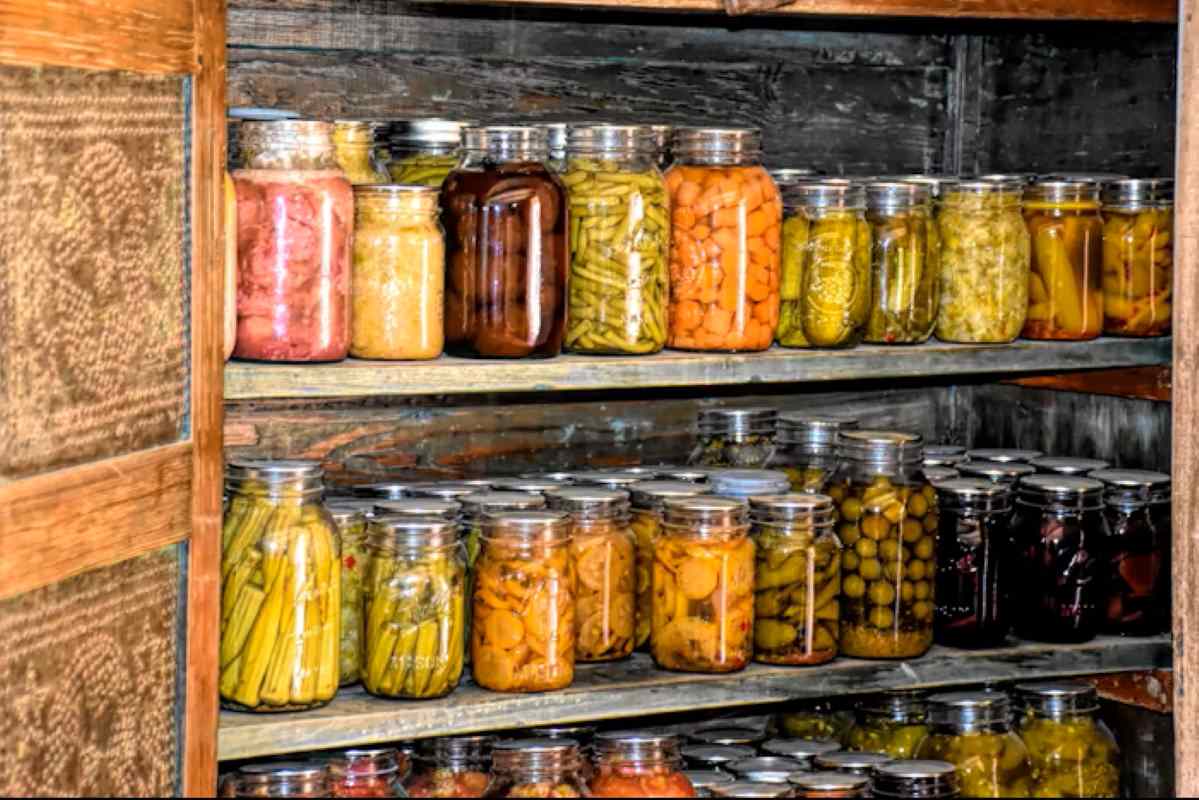
Not sure whether your homemade pickles are still safe for consumption, here are some telltale signs that help you tell it’s time to prepare fresh ones:
- Upon inspection, you find the jar is bulging or brine is oozing from the container.
- The veggies are losing crispiness, or even falling apart in the brine.
- Despite the presence of whole spices in the brining solution, the pickles start producing off-flavors.
- If you didn’t prepare the pickles using the fermentation method and find a cloudy growth within, or on the airward surface of, the brine.
- Unusual discoloration or obvious signs of mold growth.
All these are signs that you need to rule a pickle jar as bad. Proceed to discard, sanitize the container, and prepare it for some other use. To sterilize your pickling jars, clean both lids and jars in soapy water. Next, place them in boiling water for 10 minutes, or in a kitchen oven at 284-356°F (140-180°C) for about 20 minutes.
Making your own pickles can be an enrapturing experience, and even more exciting when you understand the science behind it. Start off with vinegar pickling, and experiment with multiple vegetables. After mastering that craft, you can then test the waters of fermentation pickling.
Once you understand what’s happening inside the jar, you’ll never see pickles the same way again.





